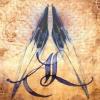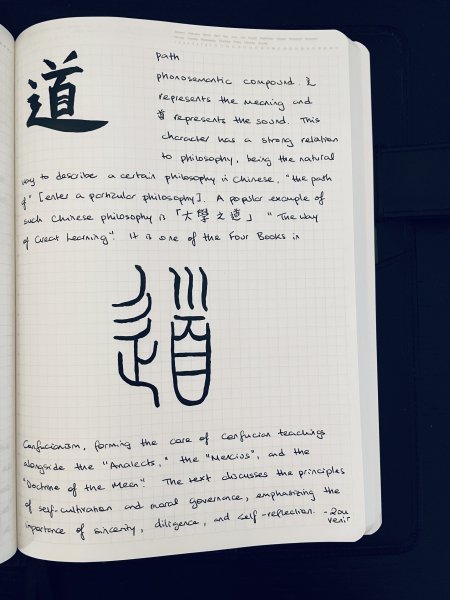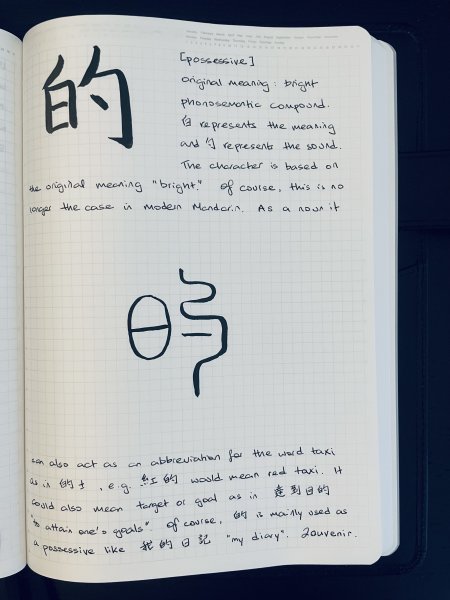Search the Community
Showing results for tags 'chinese calligraphy'.
-
Doing some Chinese character studies of the most commonly used characters. I intend to do one a day for at least 1000 characters! It's fun and you should totally join me in this journey! Feel free to do your own character study and post it in the gallery (or here in this thread)! Today I...
- 125 replies
-
- chinese
- calligraphy
- (and 5 more)
-
Is this calligraphy odd/trash or it can pass?
Sara Lee posted a topic in China, Korea and Others (Far East, Asia)
Hello there, I found this calligraphy work online (the right column) and I thought this was pretty enough to use it for a graphic work, but I was explained that it's odd to see, like a cursive in caps lock. I tried to fix it by adding the same poem to the right in a regular writing font, one of th... -
Exploring Chinese Calligraphy with Fountain Pens: Share Your Experiences!
2ouvenir posted a topic in Calligraphy Discussions
Greetings fellow fountain pen enthusiasts! I'm starting this thread to connect with others who share this interest and to learn more about your experiences with Chinese calligraphy using fountain pens. Whether you're a seasoned practitioner or just dipping your nib into this art form, I'...- 3 replies
-
- chinese calligraphy
- calligraphy
-
(and 3 more)
Tagged with:
-
From the album: j1tters
A self-correction note: the horizontal strokes are a little unevenly spaced in 首 in the regular script, and perhaps the 辶 shouldn't be touching the 首; not the easiest character to write. In hindsight I really should be practising the characters on a spare sheet of paper before writing this in my jou...
- 0 B
- x
-
- chinese calligraphy
- calligraphy
- (and 3 more)
-
From the album: j1tters
Doing some Chinese character studies of the most commonly used characters. I intend to do one a day for at least 1000 characters! It's fun and you should totally join me in this journey! Feel free to do your own character study and post it in the gallery! Today I will do the character 的....
- 0 B
- x
-
- chinese calligraphy
- chinese
-
(and 4 more)
Tagged with:
-
I just found this mini-documentary on YouTube and found it fascinating so I thought I'd share it.
- 6 replies
-
- japanese calligraphy
- sumi ink
- (and 8 more)
-

(Video) Homemade Paint Brush-Like Calligraphy Nib
andybiotic posted a topic in Fountain & Dip Pens - First Stop
This is just a Pilot Prera with a regular steel nib, nothing special... But then I carefully and methodically bent the tip of the nib into a smooth curve (and smoothed it), and now the topside (engraving side) of the nib is able to put ink down somewhat similar to an oriental paint brush with a larg...- 4 replies
-
- calligraphy
- nib modification
- (and 5 more)






